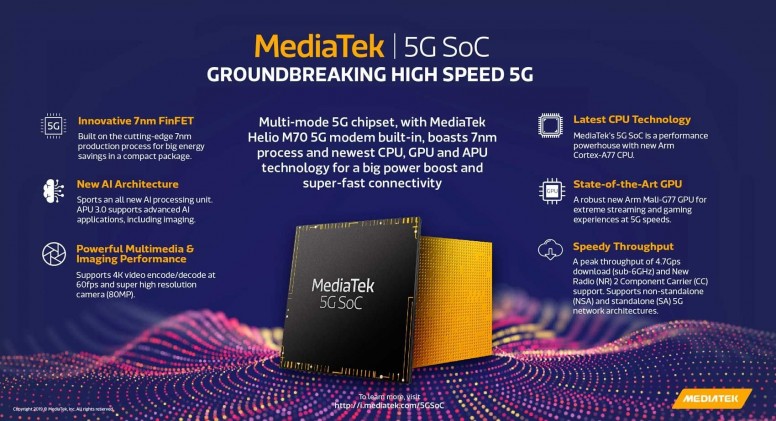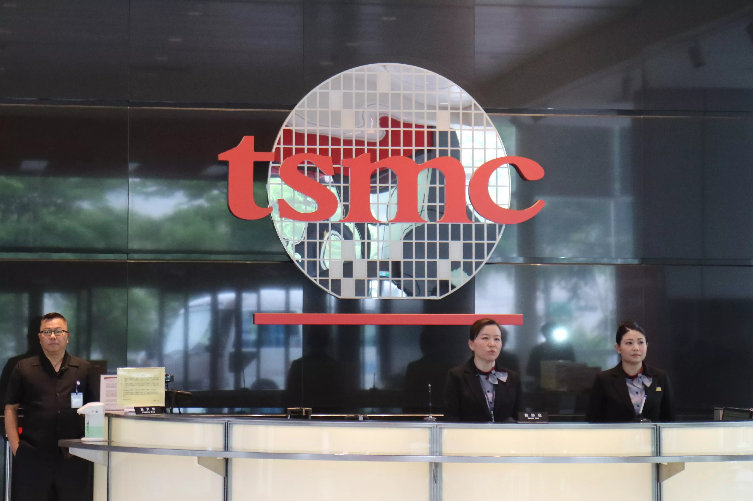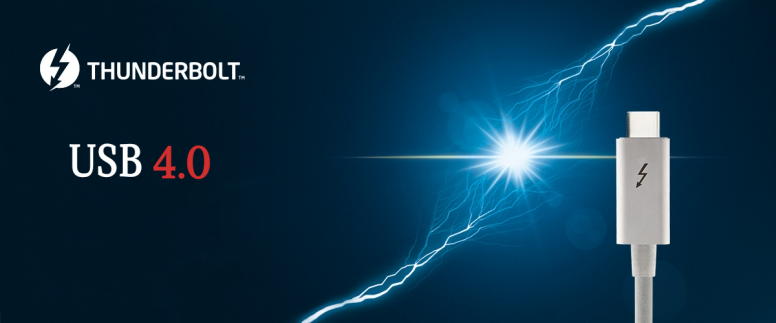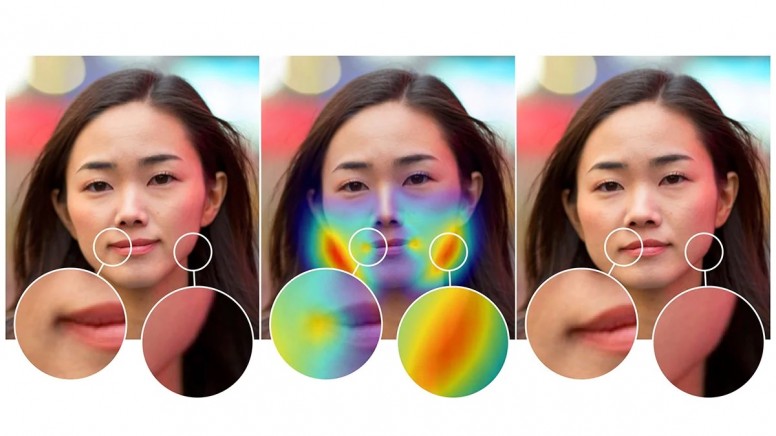World's First 2nm Process R&D, USB 4 Products, Adobe AI tool and More!
MediaTek has the world's first independent 5G SoC

At MediaTek General Meeting of Shareholders, a representative asked why MediaTek was slower than other manufacturers on the 5G SoC chip development. The chairman of MediaTek, Cai Mingjie, immediately clarified this misunderstanding. He said that MediaTek is the first company in the world to release an independent 5G SoC.
On May 29, MediaTek announced the launch of a multimode 5G SoC chip with a 7nm process and built-in Helio M70 modem independently developed by MediaTek. It uses an energy-saving package. This design is superior to the external 5G baseband chip solution and can be used with lower power. The 5G SoC has a 4.7 Gbps download speed and 2.5 Gbps upload speed.
TSMC Officially Launched The World's First 2nm Process R&D

Recently, TSMC announced that it has officially launched the research and development of the 2nm process. This makes it the first company to say anything regarding the 2nm process. The factory is located in the Southern Science and Technology Park in Hsinchu, Taiwan, and is expected to be put into production in 2024.
In order to counter the competition of Samsung, TSMC is advancing the R&D and production plan of the 2nm process. Zhuang Zishou, director of the Taiji Power Plant, said: “TSMC’s first 3nm plant in Taiwan will be put into operation in 2021 and will be mass-produced in 2022
Google limits content-blocking Chrome extensions that collect sensitive data

In an effort to tamp down data collection by third-party ad-blocking Chrome extensions, Google today announced that it intends to replace parts of Chrome’s Web Request API, a set of events and functions that enable developers to monitor, analyze, and shape web traffic, with the Declarative Net Request API, which doesn’t require access to potentially sensitive data.
As Google explains in a blog post, the current Web Request API requires that users grant permission for Chrome to pass all information about a network request — which can include things like emails, photos, or other private information — to a given extension. In contrast, the Declarative Net Request API — which is rolling out as part of a suite of changes Google is calling Manifest V3 — allows extensions to block content at install time.
USB 4 Products At 40Gbps/100W Coming By The End Of 2020

The USB 4 interface based on Thunderbolt 3 technology has doubled the bandwidth compared to the previous USB 3.2. It can provide 40Gbps bandwidth and 100W power, using USB Type-C physical interface. So the USB4 can be considered as a popular version of Thunderbolt 3. The USB Promoter Group is currently working on the USB4 specification, and related retail products will be available by the end of 2020.
According to AnandTech, USB 4 has come to version 0.7 and the development progress is relatively fast. According to the USB Promoter Group, USB4 is based on the Thunderbolt 3 technology. But due to the current complexity of the development, they hope to simplify some of the functions while ensuring performance.
Adobe Unveils AI Tool That Can Detect Photoshopped Faces

Adobe, along with researchers from the University of California, Berkeley, have trained artificial intelligence (AI) to detect facial manipulation in images edited using the Photoshop software. "This new research is part of a broader effort across Adobe to better detect image, video, audio and document manipulations," the company wrote in a blog post on Friday.
As part of the programme, the team trained a convolutional neural network (CNN) to spot changes in images made with Photoshop's "Face Away Liquify" feature, which was intentionally designed to change facial features like eyes and mouth. On testing, it was found that while human eyes were able to judge the altered face 53 percent of the time, the the trained neural network tool achieved results as high as 99 percent.